Are you new to Raspberry Pi and uncertain how to manage users? Then look no further, as we’ve got the perfect guide for you! In this blog post, we will explore why and how user management is essential when using a Raspberry Pi system. Along the way, we’ll uncover what features are available in this operating system so that you can easily manage all your users. By following our tips, you’ll have an efficient workflow set up in no time at all! So read on if you want to know more about your Raspberry PI’s ability to manage multiple users – it could revolutionize how you work with digital systems day-to-day!
What are the Advantages of Working with Raspberry Pi?
Because of their size and power consumption they are well suited for use in a range of applications such as home automation, robotics, industrial control, or even a basic desktop PC. This makes them an attractive and accessible choice for almost any project.
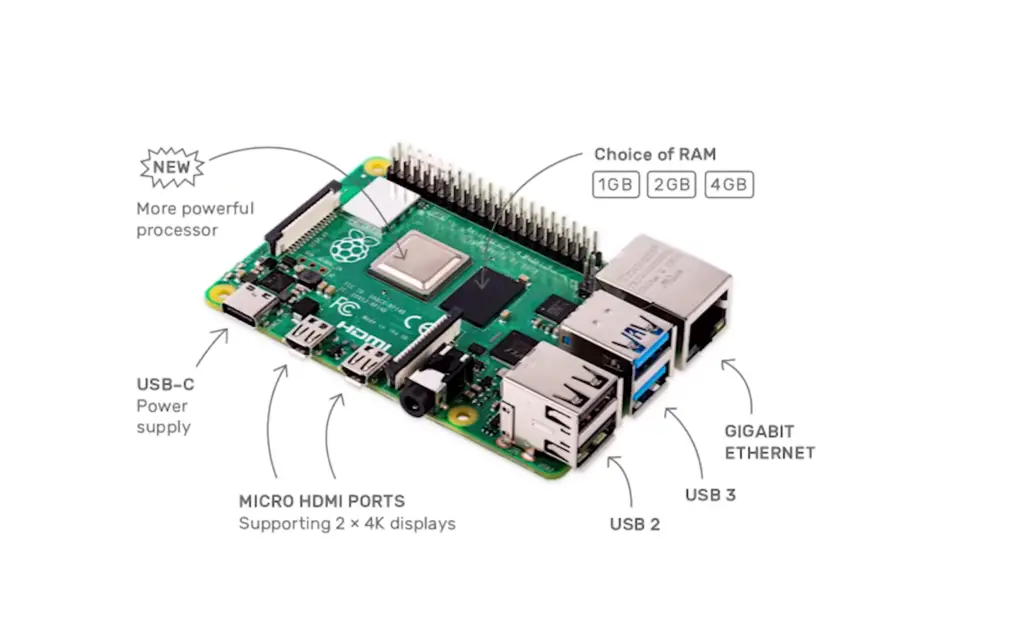
Some of the main advantages of working with Raspberry Pi include:
- Cost: Raspberry Pi boards are relatively inexpensive compared to other single board computers available on the market today. The cost of a Raspberry Pi board, including the necessary accessories, typically comes in around $50. This makes them a great choice for cost-conscious projects and experiments.
- Versatility: The Raspberry Pi offers plenty of options for customization and scalability. It can be used to build everything from basic robots to complex home automation systems. Its broad range of connectivity options also make it easy to integrate with existing systems and devices.
- Educational Value: The Raspberry Pi is an excellent choice for introducing students to the world of computing and programming. With its range of educational resources, kits, and tutorials, it provides a great way for enthusiasts of all ages to explore the creative power of technology.
- Support Community: With its large user base, the Raspberry Pi has become a popular platform for sharing ideas and resources. The Official Raspberry Pi forums, IRC channel, and online community are all great places to find support and inspiration when building projects with the board.
- Open Source: The open source software available for the Raspberry Pi makes it easy to work on your own custom projects or add new features to existing projects. The open source nature of the boards also means that you can be assured of its continued support and development.
The Raspberry Pi is a great choice for anyone looking to explore the world of computing on a budget. With its wide range of features and applications, it offers plenty of potential for creative projects and experiments. So why not give it a try today? You may be surprised by what you can build with the little computer that could. [2]
What is the Raspberry Pi Suitable for?
The Raspberry Pi is a small, budget-friendly computer system that has been designed for educational and hobbyist use. It’s an incredibly versatile piece of technology which can be used to create projects from basic electronics to complex robotics systems. Thanks to its low price point and user-friendly software suite, the Raspberry Pi makes it accessible for users with varying levels of technical expertise to get creative and explore computer science. [3]
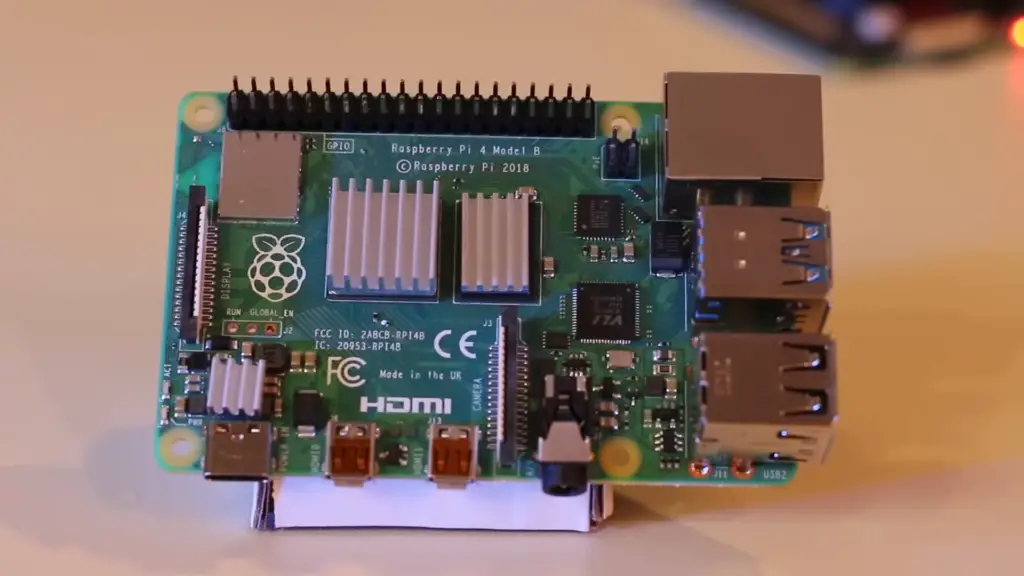
Apply it for:
- Home Automation: The Raspberry Pi can be used to create home automation systems, allowing users to control lights, heating and ventilation systems remotely. It’s also capable of monitoring motion sensors or connecting to wireless networks for communication with other devices.
- Media Centre: With the help of a few open-source software programs, the Raspberry Pi can be transformed into a fully-functioning media center. Users can stream their favorite shows, play music from various sources and watch movies on the Pi, making it an ideal set-top box for entertainment.
- Security Cameras: By connecting cameras to the Raspberry Pi, users can create low-cost security systems that keep tabs on what’s happening in their house. The Pi can be used to record video footage and monitor motion, alerting the user when any suspicious activity is detected.
- Retro Gaming: It can also be used for retro gaming, thanks to its wide range of emulators that allow users to play classic arcade games with ease. Thanks to its low price point, users don’t need to break the bank in order to get their hands on games from decades ago.
- Robotics Projects: It is a great way for users to explore robotics and build custom projects with ease. It can be used to control motors, servos, and cameras, making it an ideal platform for creating robots that can respond to their environment or carry out specific tasks.
- Education: It is an incredibly powerful tool for educators, allowing them to teach young students the fundamentals of computer science. With its user-friendly software suite and extensive range of tutorials, it’s never been easier for teachers to get their classes up and running with the basics of programming.
- Web Development: It can be used to set up a web server for hosting websites, with users able to create and host their own sites with ease. Thanks to its open source nature, developers can easily install the necessary software on the Pi and get started with building dynamic sites in no time. [4]
Which Raspberry Pi Model is Best to Select?
When selecting a Raspberry Pi model, it is important to consider your individual needs. There are four different models available, each with its own strengths and capabilities. [5]
- The Raspberry Pi Zero W is the smallest and least expensive of the models. It is perfect for smaller projects that require minimal power consumption without sacrificing performance. It has Wi-Fi connectivity as well as Bluetooth, making it great for projects that require wireless connectivity. It also comes with a 1GHz single-core ARM processor and 512MB of RAM.
- The Raspberry Pi 3 Model B+ is the most powerful model available. It features a faster 1.4 GHz 64-bit quad core processor and 1GB of RAM, making it ideal for more intensive applications such as gaming or media streaming. It also offers enhanced Wi-Fi and Bluetooth capabilities, allowing it to connect to other devices more easily.
- The Raspberry Pi 3 A+ is a lower powered alternative to the 3 B+. While it still features the same 1 GB of RAM, its processor runs at only 1.4 GHz and has slightly less powerful wireless connectivity. This makes it perfect for projects that require less computing power, such as a basic media center or home automation system.
- The Raspberry Pi 4 Model B offers the most comprehensive computing package of all the models. It has a faster 1.5GHz quad core processor and comes with either 1GB, 2GB, 4GB, or 8GB of RAM depending on your needs. It also has dual-band Wi-Fi, a Gigabit Ethernet port, and two USB 3.0 ports. All this makes it perfect for projects that require heavy computing power or faster internet connections. [6]

How to Select a Raspberry Pi?
If you are looking for a powerful, affordable and versatile computer to use for your projects, the Raspberry Pi is an excellent choice. The small size makes it perfect for use in tight spaces, while its low power consumption allows it to be used with minimal electricity costs. A wide variety of operating systems are available, so you can customize your setup to best suit your needs. When selecting a Raspberry Pi, there are a few things to consider:
- Processor: It is important to select a Raspberry Pi model with the right amount of processing power. Different models come with different processor specifications, so make sure to select one that fits your needs.
- Memory: Memory is another important factor when selecting a Raspberry Pi. The more memory you have, the faster and smoother your applications will run. Make sure to select a model with enough RAM to handle the applications you plan to use.
- Operating System: The Raspberry Pi can run various operating systems, including Linux and Windows 10. Make sure to select a model that is compatible with the OS you plan to use.
- Connectivity: When selecting a Raspberry Pi, consider how many ports it has and what type of connections it can support. This will help you determine whether the model is suitable for your needs.
- Price: The Raspberry Pi is available in a range of prices, so make sure to get one that fits your budget. You don’t need the most powerful or expensive model to achieve great results; instead, focus on features and functionality that are important to you.
- Support: If you’re a beginner, make sure to select a Raspberry Pi model with plenty of resources and support. This will help you get up and running quickly and easily.
Ultimately, the best Raspberry Pi for you is the one that meets your needs and fits within your budget. With the right model in hand, you’ll be able to take on any project! [7]
Why Manage Users on Raspberry Pi?
Managing users on the Raspberry Pi can be a great way to keep your device secure and organized. By creating different user accounts, you can ensure that each person has their own private space with their own settings, such as file permissions and preferences. This helps to prevent unauthorized access to certain files or folders, while also allowing multiple people to use the same Raspberry Pi without having to worry about who else has access. [8]
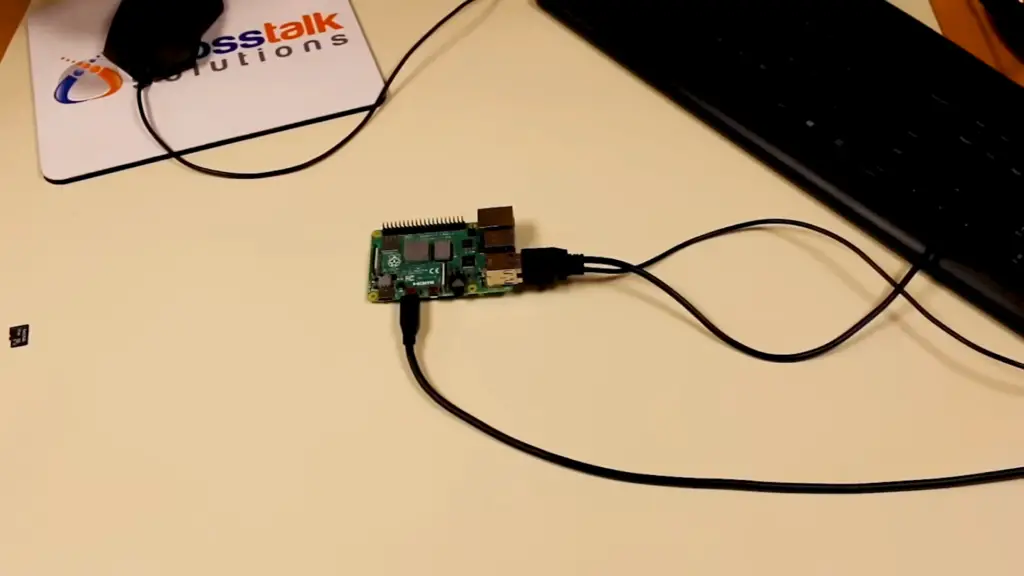
Adding additional users also helps to keep your user data safe and secure, as each user will have their own password-protected account. This ensures that only the intended person can access certain files or folders, preventing accidental deletion or changes by other users. Additionally, it allows you to manage permissions for different kinds of profiles on the Raspberry Pi, such as admin accounts or guest accounts.
In addition to security and organization, creating user accounts on the Raspberry Pi also offers a range of convenience features. For instance, you can set up automatic login for certain users so they don’t have to type in their password each time they log in. This can be especially helpful when using multiple devices or if you have several people sharing the same Raspberry Pi.
Overall, managing users on the Raspberry Pi is a simple and effective way to keep your device safe and organized. With multiple user accounts, you can ensure that each person has their own private space with their own settings while also keeping your user data secure. Additionally, it provides convenience features such as automatic login for certain users, making it easier to share the Raspberry Pi among multiple people. All in all, managing users on your Raspberry Pi is an essential step for keeping your device secure and organized.
By setting up user accounts on the Raspberry Pi, you can also take advantage of features like file sharing and remote access. With a shared folder or drive, you can easily store and share files with other users on the device. Additionally, by activating remote access, you can control your Raspberry Pi from anywhere in the world using your computer or mobile device. Both of these features can be great tools for collaboration and ease of use. [9]

Step-by-Step Guide to Manage User on Raspberry Pi
The Raspberry Pi is widely recognized as a leading and dependable computer system available in the market. Its popularity stems from its reliability and widespread adoption. It has a great community around it with lots of helpful resources available for users to use. This guide will walk you through how to manage your users on Raspberry Pi, so that you can make sure all of the user accounts are secure and properly configured for your needs.
1 step: Create a New User
The first step you need to take is to create a new user on the Raspberry Pi. This can be done by using the command line interface or via the graphical environment of Raspbian.
Once you have created your user, you can set up its specific permissions and restrictions. Depending on what type of user it will be, you can change its access to certain areas of the Raspberry Pi.
2 step: Change User Password
Once the user has been created, it’s important to set up its password. This is done by using the `passwd` command in the terminal or via Raspbian’s graphical environment. It’s important to choose a secure password that is not easily guessable.
3 step: Manage User Groups
It’s also important to manage user groups on the Raspberry Pi. This can be done by using the `addgroup` and `delgroup` commands in the terminal or via Raspbian’s graphical environment. With these commands, you can set up user groups and assign users to them. This will give you better control over which users have access to certain areas of the Raspberry Pi.

4 step: Manage User Rights
Finally, you can manage the rights of each user on your system. The `chmod` command in the terminal or via Raspbian’s graphical environment can help with this. With the `chmod` command, you can set up permissions for each user to restrict or allow certain activities on the system. [10]
How to Safely Manage Users on Raspberry Pi?
With Raspberry Pi, it is important to be aware of the security implications that come with having several users accessing your system. To ensure that your Raspberry Pi is secure and its users are properly managed, here are some steps you can take:
- Use strong passwords – Make sure all user accounts have strong passwords to protect against unauthorized access. It’s also important to change passwords regularly and avoid using the same password across multiple accounts.
- Set up user groups – User groups can help keep track of who has access to certain parts of your Raspberry Pi. You should create separate groups for different types of users, such as administrative and non-administrative users, so that permissions can be easily managed.
- Limit user privileges – When it comes to granting access, you should always err on the side of caution and only give users the privileges they need in order to accomplish their tasks. This is especially important for administrative accounts as they have more access than regular users.
- Regularly review user permissions – As time goes on and your Raspberry Pi system changes, it’s important to review user permissions regularly to ensure that they are up-to-date and secure.
- Monitor activity – It’s a good idea to monitor user activity on your Raspberry Pi system in order to detect any suspicious behavior or unauthorized access attempts.
- Install security software – Installing a reliable antivirus program and other security tools can help protect your Raspberry Pi from malicious attacks.
- Back up regularly – It’s important to back up your Raspberry Pi data regularly in case of any unexpected issues that may arise.
- Disable unnecessary services – Disabling any unnecessary services on your Raspberry Pi can help reduce the risk of potential threats.
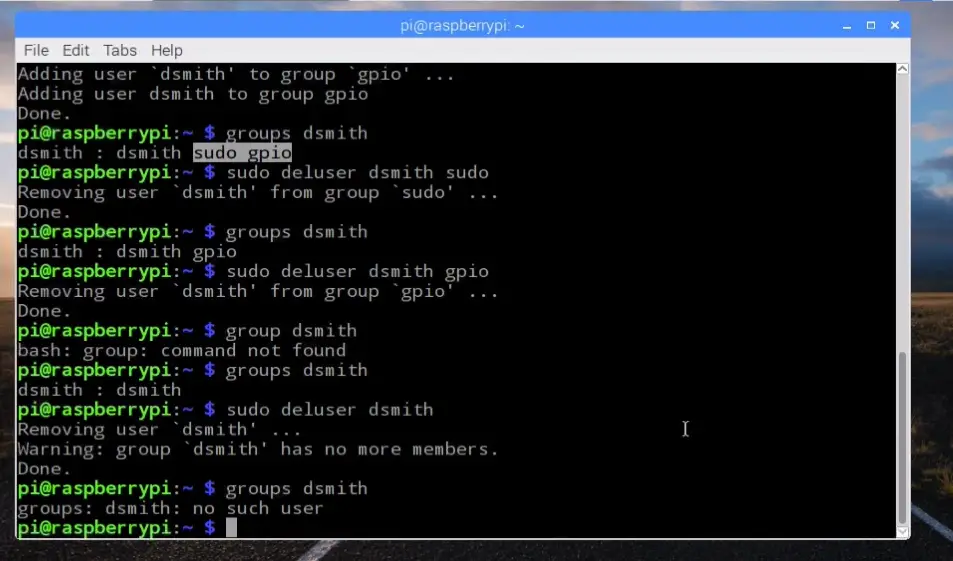
FAQs
How do I change users on Raspberry Pi?
Changing users in Raspberry Pi is relatively simple. You can use the `usermod` command to change a user’s name or password, and you can also add and remove users with the `adduser` command.
How do I set up multiple users on Raspberry Pi?
The easiest way is to use the User Accounts section in the GUI. This is a simple and secure method of setting up multiple users, without having to worry about command line instructions. Here’s how you can do it:
- Go into the main menu of your Raspberry Pi terminal and open the User Accounts section.
- In this section, you’ll find a list of current users and options to add new ones.
- To create a new user, click ‘+’ at the bottom right corner and enter the required information such as username, password etc.
- Once done, click ‘save’ and the new user will be added.
- To modify an existing user, click on it in the list and make the desired changes.
- You can also delete any user by selecting it from the list and clicking ‘-’ at the bottom right corner to remove it.
How do I check user permissions on Raspberry Pi?
The Raspberry Pi is a great tool for learning how to manage Linux users and permissions. To check user permissions, you will need to open the `/etc/groups` file with your text editor of choice. The groups file includes a list of all the system groups, and each group has an associated set of permission flags. By editing this file, you can assign users to particular groups and change the permissions granted to them.
It’s a good idea to use the `groups` command to check the current group memberships of each user before editing, as this will help you understand how their permissions are currently set. To add or remove a user from a group, use the `usermod -aG ` or `usermod -G ` commands.
Once you’ve set up the appropriate permissions, it’s important to remember to always use sudo when running any command that requires elevated privileges. This ensures that only users with the correct permissions can access certain files and directories. To verify that a user has the correct permissions, use the `sudo -l` command. This will list all of the commands that a particular user is allowed to run with elevated privileges.
How do I get the user interface on Raspberry Pi?
Getting the user interface on Raspberry Pi is easy. All you need to do is install the appropriate operating system (Raspbian OS) and reboot your Raspberry Pi. Once you’ve done that, you can access the graphical desktop environment through your monitor or TV if connected with an HDMI cable. From there, you will be able to view and manage users by navigating to the settings menu or by using a terminal command.
Useful Video: PiLab 6 – Adding and Managing User Accounts on a Raspberry Pi
The Bottom Line
All in all, managing users on Raspberry Pi is an incredibly rewarding experience that gives users a deep level of understanding over their own technology. With careful consideration of each step, you can feel confident creating new users and granting them permissions quickly with minimal disruption to the user experience. Following the steps outlined here empowers Pi owners with the knowledge and skills necessary to get the most from their devices. By exploring further and making use of Pi’s many features, users can also push out authorized applications with ease. Make sure to keep up to date on the many Raspberry Pi tutorials available online for even more control over your device. With ever-increasing possibilities, it is no wonder why Raspberry Pi remains among the world’s most popular single-board computer systems!
References
- https://www.pantechelearning.com/advantages-disadvantages-of-raspberry-pi/
- https://robu.in/5-pros-and-5-cons-of-raspberry-pi/
- https://www.raspberrypi.org/help/what-%20is-a-raspberry-pi/
- https://opensource.com/resources/raspberry-pi
- https://www.ign.com/articles/best-raspberry-pi-models
- https://www.tomshardware.com/how-to/raspberry-pi-buying-guide
- https://opensource.com/article/19/3/which-raspberry-pi-choose
- https://linuxhint.com/manage-users-raspberry-pi/
- https://behind-the-scenes.net/raspberry-pi-user-management/
- https://raspians.com/how-to-manage-users-in-raspberry-pi/
- https://www.dummies.com/article/technology/computers/hardware/raspberry-pi/managing-user-accounts-raspberry-pi-246264/





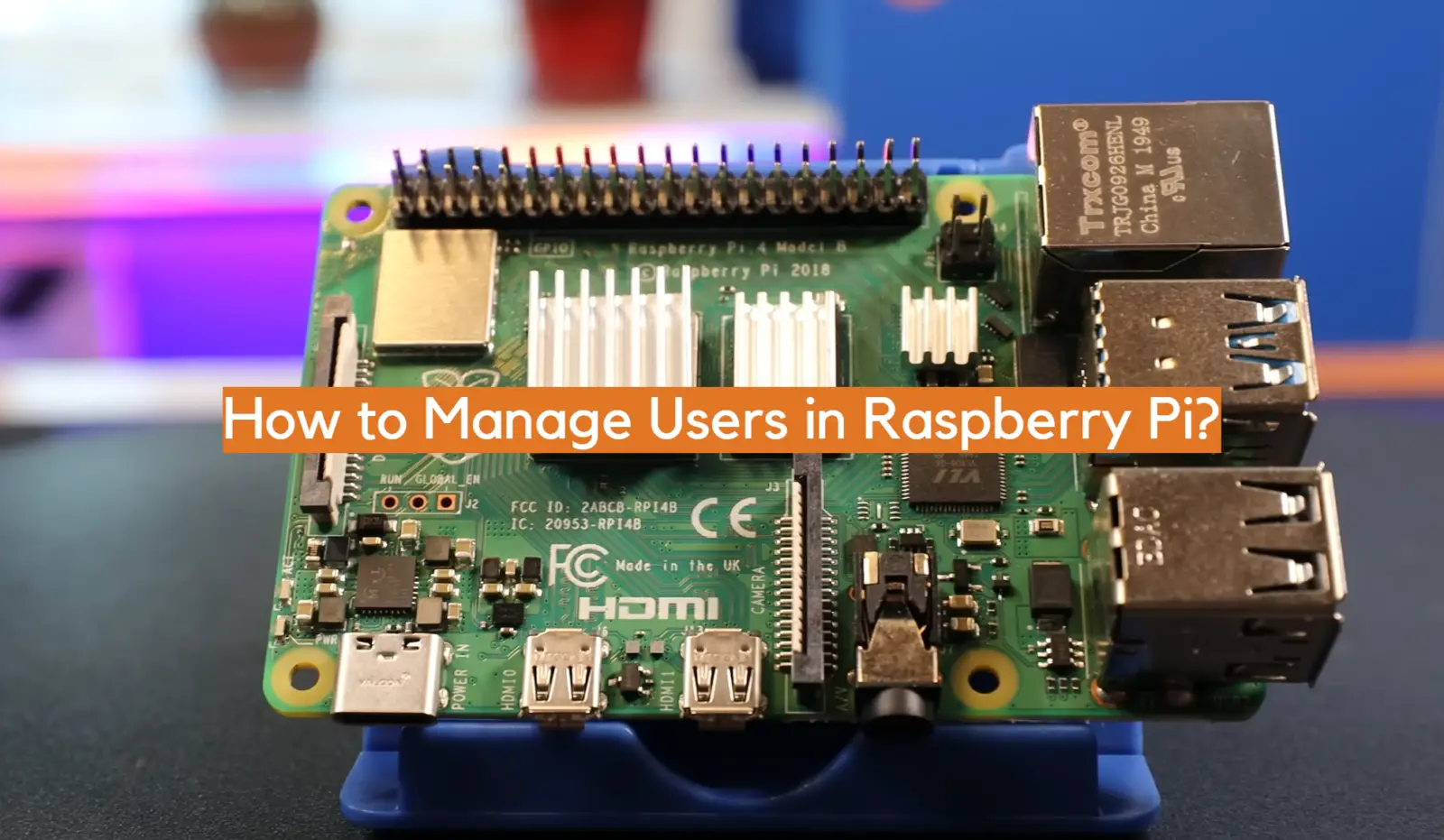







Leave a Reply